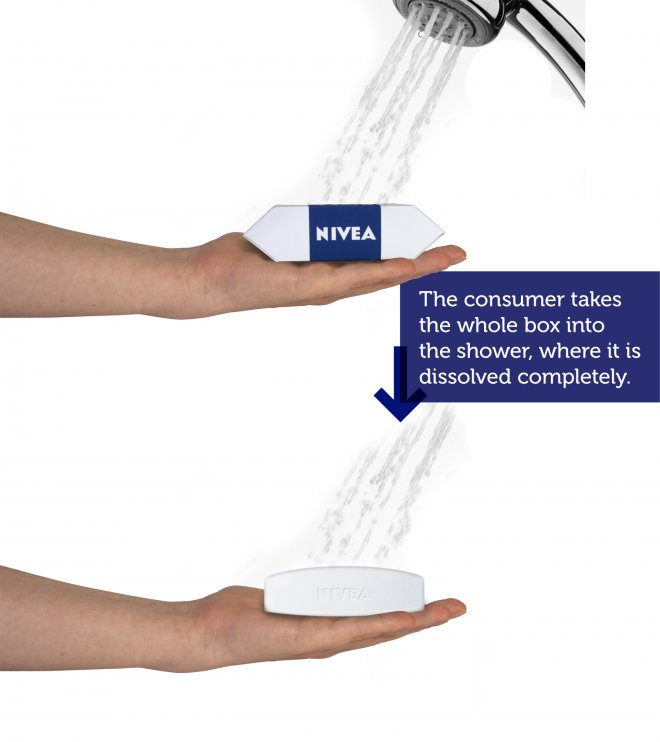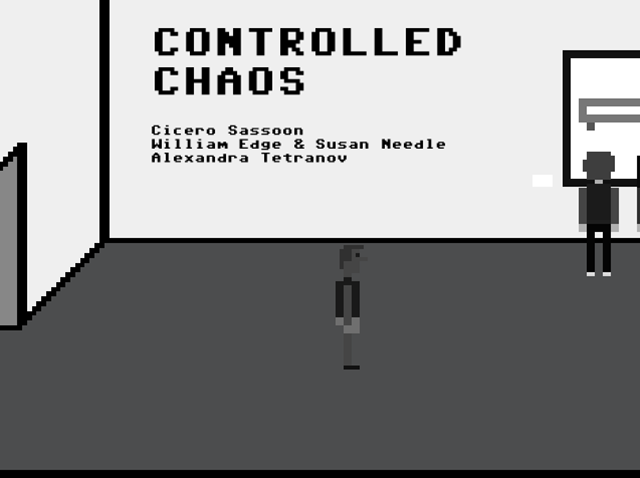Fully charged
Honestly, I don’t think io9 was excited enough about the supercapacitor – found by accident – profiled in this video. Holy crud, this could change so much so quickly if it all pans out!
Honestly, I don’t think io9 was excited enough about the supercapacitor – found by accident – profiled in this video. Holy crud, this could change so much so quickly if it all pans out!
Wired today has presented some design concepts from a Masters thesis project by newly minted creative person, Aaron Mickelson. The goal of the project, entitled The Disappearing Package, is to reduce consumer waste from exorbitant amounts of packaging on our day to day items. For example:

There are more interesting concepts over at Wired so check them out. While not perfect (as pointed out viciously by a few commenters) the intention is noble and the ideas are certainly novel. It does, though, remind me at least a little of this Portlandia sketch:
Both food for thought and food for rats…

“I think it’s possible to feel angry with the curator for not selecting a particularly excellent example of your oeuvre.” […] The game asks the question of how value is determined: not so much by the creator as by how the artwork is received by a community’s power brokers and the world at large.
Art Game by Pippin Barr aims to recreate the soul-crushing and challenging experience of creating visual work for the New York art scene. I think it also speaks to the creator in all of us who has to interface with those that commission our efforts.
(via Hyperallergic)
A few days ago, Media Commons had the pleasure of joining the traveling IDS staff in hosting an event about classroom engagement strategies at Penn State Fayette. I traveled with Brian Young and Heather Huhges on a blustery winter morning and was pleased to find a wonderful and thought-provoking space in the Cultural Center on campus.

Settling in among the artifacts and art, Heather started of our presentation with a quick set of introductions and then a simple-seeming question: “What’s your biggest engagement challenge?” Faculty participants took several moments to come up with their own answers and then a conversation about real-world teaching obstacles commenced.

We then moved into a slide deck presenting some of the engagement strategies and technologies that ETS recommends and, most importantly, how they fit with different classes and teaching styles. Questions were encouraged and many came our way, especially during the demonstrations of tools that followed immediately after the presentation.

With 17 attendees, the three of us were quite happy with the attendance and the discussions in the room, even through lunch, were enthusiastic and we each started a dialogue with at least two new (future) clients. Based on our early evaluations, participants were most pleased with the communications about the event, it’s logistics and agenda and the level of relevance and interest to their disciplines. One comment suggested that the event could have been more Meida Commons-focused, a very flattering remark that will surely result in a follow up session focused on media projects.
Thanks to all who braved the cold weather to join us at Fayette! And special thanks to Bobby Salitrik and Cheryl Farren Tkacs who helped us get everything schedule, set up and advertised.
– Nick
